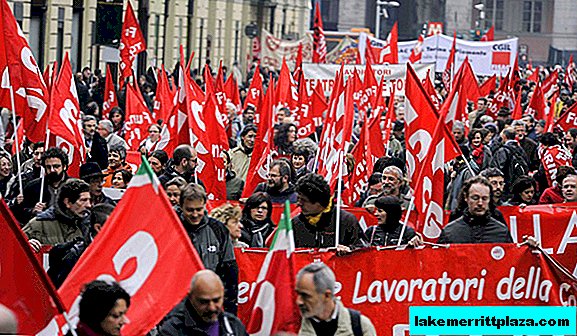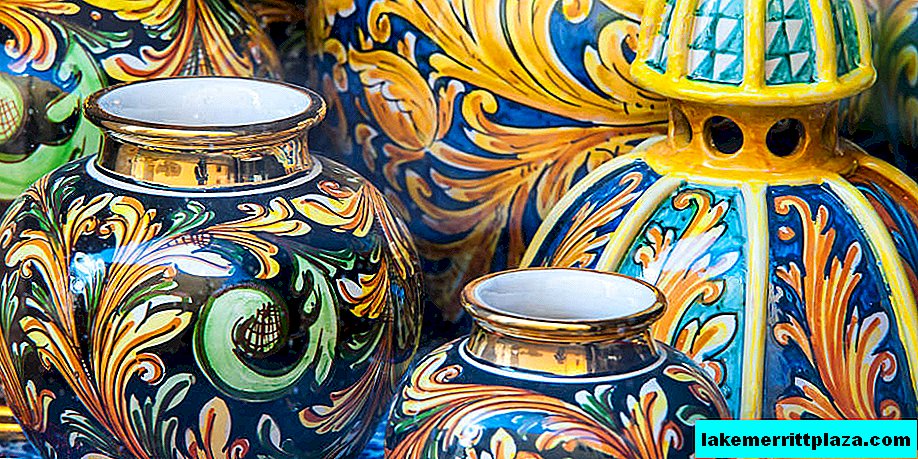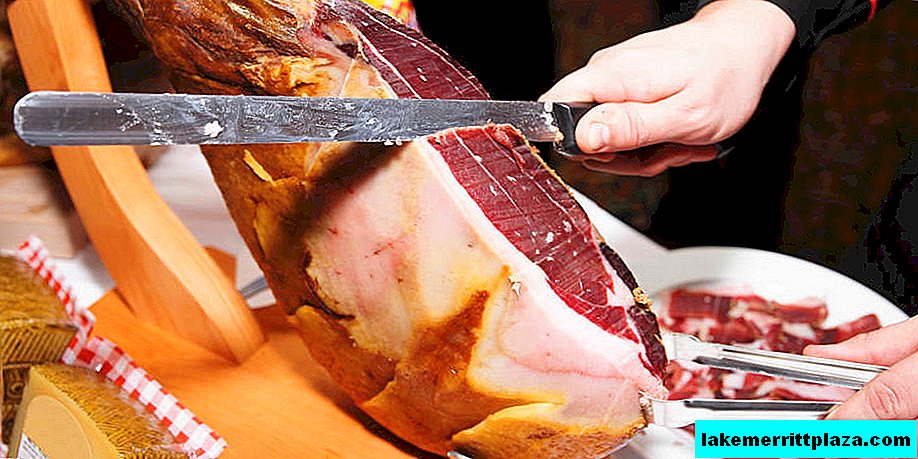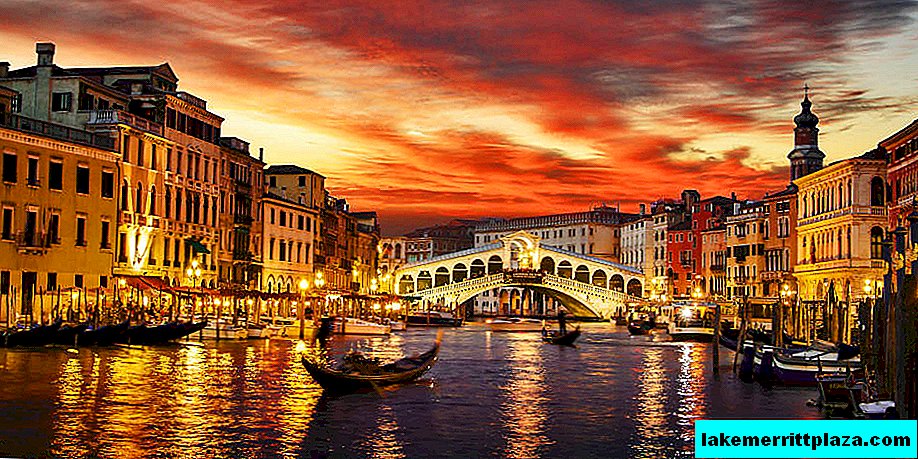The Conservatives Palace houses a large part of the collection of the Capitoline Museums. Here you will see the Capitoline Wolf with babies; original equestrian statue of Marcus Aurelius; the famous Capitol Venus and the Boy taking out a splinter; curious fragments of Colossus Constantine; ancient frescoes, mosaics, church and secular utensils, porcelain, magnificent tapestries and a good art gallery, where not only Italians, but also Flemings are represented.

The Palazzo dei Conservatori
About the Palace of Conservatives
The Palace of the Conservatives (Palazzo dei Conservatori - Palazzo dei Conservatory) is located on the Capitol Square in Rome, on the right side of the monument to Marcus Aurelius. It was founded in the middle of the XV century and then bore the name "Conservatori dell'Urbe". The judiciary sat in it, and later the senate. In the XVI century, the building was reconstructed according to the project of Michelangelo, under the leadership of Giacomo della Porta - since then it has acquired a renaissance appearance.
In the history of world architecture, this was the first building in the design of which a giant order was used - Corinthian pilasters passing through the entire height of the facade. Subsequently, this technique was repeated in the architecture of many classic buildings.
Ancient art collection

Colossus of Constantine, photo Bart
The Palazzo Conservatory today houses most of the Capitoline Museum exhibit. Here are sculptures and sarcophagi, Etruscan statues, Greek vases, samples of ancient Roman painting and ancient mosaics, some artifacts from the temple of Jupiter.
The courtyard contains architectural elements of ancient Roman buildings and fragments of ancient sculptures, including the fragments of the statue of the colossus of Emperor Constantine: a massive head, a hand with an extended index finger, a huge foot. Historians suggest that the giant statue simply did not have other parts besides these fragments. Under the gilded wooden toga of the emperor was an unprocessed block of marble.

A boy pulling a splinter, blucolt photo

Capitoline Wolf (lat.Lupa Capitolina) (XIII century A.D.), the work of the sculptor Antonio del Pollayolo, photo mmarftrejo
The Palace of Conservatives - the oldest public museum in the world
The first exhibits for the museum collection of the Conservatory Palace were presented by Pope Sixt IV. The pontiff in 1471 handed over a collection of antique bronze sculptures, previously stored in the Lateran Palace. Among them were wonderful masterpieces: “The Boy Removing the Splinter”, the gilded figure of Hercules from the Bull Forum and the pearl of the collection - “Capitoline Wolf”.
In 1734, at the behest of Clement XII, the Conservatory Palace was opened to the public, becoming the first public museum in world history. This was an unprecedented event - for the first time art belonged to the whole people, and not only to aristocrats.
Main staircase
The main staircase of the Scalone leads to the upper floors of the Palazzo. Its sites are decorated with reliefs with antique plots and panels inlaid with colored marble (the panels were delivered from the temple of Yuniy Bass on Esquiline).
Central hall

Central Hall, photo by Ricardo André Frantz
The central hall of the palace is decorated with a grandiose fresco depicting the battle of Horatius and Kuryatsiev. There are sculptures of pontiffs - Urban VIII (works by Bernini) and Innocent X (works by Alessandro Algardi).
Exedra Marcus Aurelius

Bronze statue of Emperor Marcus Aurelius, photo by Peter Jaspers
In the Exedra of Marcus Aurelius - the modern wing of the palazzo, covered by a large glass canopy, is the original bronze statue of the emperor. This is the only equestrian monument in the world, preserved from ancient times.
Capitoline Pinacoteca
On the second floor of the Palazzo dei Conservatory there is an art gallery - Capitoline Pinacoteca. There you can see the works of Titian, Tintoretto, Caravaggio, Guido Reni and other Italian artists. The gallery appeared in the palace in the XVIII century at the behest of Pope Benedict XIV.
Exposition dedicated to the Temple of Jupiter
Since 2005, an exposition dedicated to the Temple of Jupiter, the oldest temple of the Capitol, has been opened at the Palazzo Conservatory.




Museums Opening Hours
Open daily from 09:00 to 19:30
December 24 and 31 from 9:30 to 14:00.
January 1, May 1, December 25 - closed.
Tickets
Complex ticket - € 15.00 (New Palace, palaces of Senators, Conservatives, Cafarelli-Clementino and Tabularia);
preferential - € 13.00.
How to get there
Capitoline Museums are within walking distance of the Colosseum, the Roman Forum and Venice Square.
You can take metro line B to Colosseo Station;
by bus: 30, 51, 81, 83, 85, 87, 118, 160, 170, 628, 810 - to Ara Coeli-Piazza Venezia;
by tram 8 to the final stop of Venezia.
How do I save on hotels?
Everything is very simple - look not only at the booking. I prefer the search engine RoomGuru. He is looking for discounts at the same time on Booking and on 70 other booking sites.








